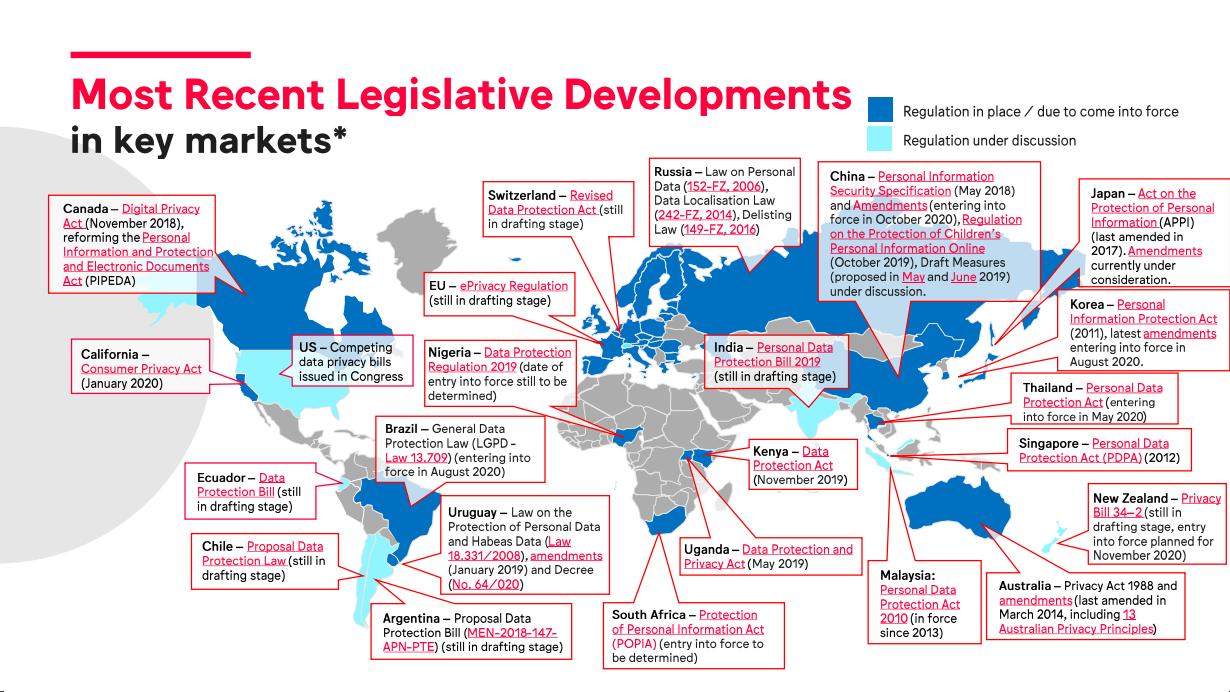In today’s complex global business and regional competition landscape, global enterprises are increasingly faced with the challenge of designing a globally unified IT architecture, and more need to balance global uniformity with regional specificity. This balance is critical to ensure ROI, compliance, user access and network performance, consider regional markets and technology ecosystem (tech stack and talent), and support business expansion. In this article, we explore IT architectural thinking that balances global uniformity with regional specificity, focusing on some common infrastructure platforms and applications.

Foundation: Cloud/Data Center
- Global Unified: Utilize leading global cloud service providers like AWS, Azure, and Google Cloud to establish a unified cloud infrastructure.
- Regional Distribution: Establish data centers or leverage local cloud services within region to comply with data localization requirements and enhance performance for region users.
Foundation: MPLS/SD-WAN/CDN Network
- Global Unified: Implement MPLS/SD-WAN/CDN Network solutions to optimize global network connectivity and ensure reliable and secure communication worldwide.
- Regional Distribution: Localized MPLS/SD-WAN/CDN network configurations to meet regulatory requirements in the region, using regionally compliant vendors and products, and ensuring reliable, secure network connectivity within the region.
Foundation: Security Tools
- Global Unified: Deploy global security tools such as firewalls, intrusion detection systems, and encryption solutions to protect the entire enterprise network.
- Regional Distribution: Localized security policies and tools, and encryption algorithms to comply with region’s cybersecurity laws and address region specific security threats.
Data: Data Platform and Analytics
- Global Unified: Implement a centralized big data platform to store and analyze global data (such as master data) to ensure data consistency and achieve global data analysis.
- Regional Distribution: Deploy a localized big data platform within a region to comply with region’s data privacy laws and provide efficient local data-based processing and analysis for region market/business.
Application: Office System
- Global Unified: Implement global office systems such as email, collaboration tools, and document management systems to facilitate global collaboration and communication.
- Regional Distribution: Localized office systems to support regional language and cultural preferences and comply with region’s regulations regarding data storage and cross-border data transfer.
Application: HR System
- Global Unified: Implement a centralized HR system for global workforce management, including payroll, benefits, and performance management.
- Regional Distribution: Localized the HR system to comply with the region’s labor laws and support local HR practices and Talent market.
Application: ERP System
- Global Unified: Deploy a global ERP system to achieve unified financial and resource management for the entire enterprise.
- Regional Distribution: Localized the ERP system to comply with region’s accounting standards and tax regulations.
Application: CRM & Marketing System
- Global Unified: Implement a global CRM system for unified customer relationship management and sales tracking.
- Regional Distribution: Localized the CRM system to support local customer engagement strategies and integrate regional ecological marketing activities (such as regional social media platforms Facebook/Twitter, and TikTok in US, WeChat in China, LINE in Japan and KakaoTalk in Korea, etc.), as well as customer data and privacy protection and comply with regional data protection regulations.

By carefully considering these aspects of IT architecture standard and design, global enterprises can strike a balance between global consistency and regional adaptability, particularly in regions with unique compliance requirements. This approach requires close collaboration between global and regional IT teams to develop and implement customized solutions that meet global and regional requirements, ensuring compliance, performance optimization, and business growth.
Finally, enterprises should also balance globalization and localization in their IT investments. They should not only consider IT systems but also focus on the talent and teams responsible for developing, building, and maintaining these global and regional systems.
Architecture is an art of trade-offs – 《Fundamentals of Software Architecture》


